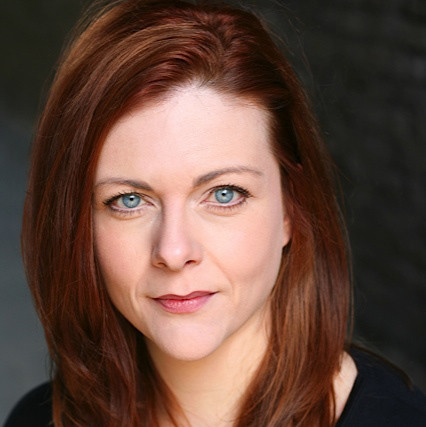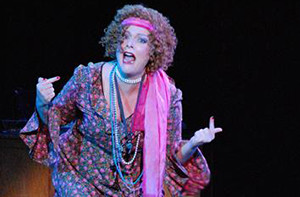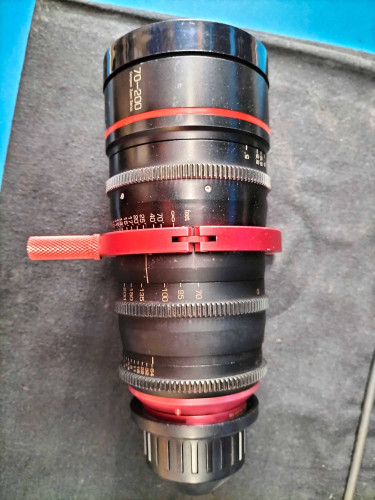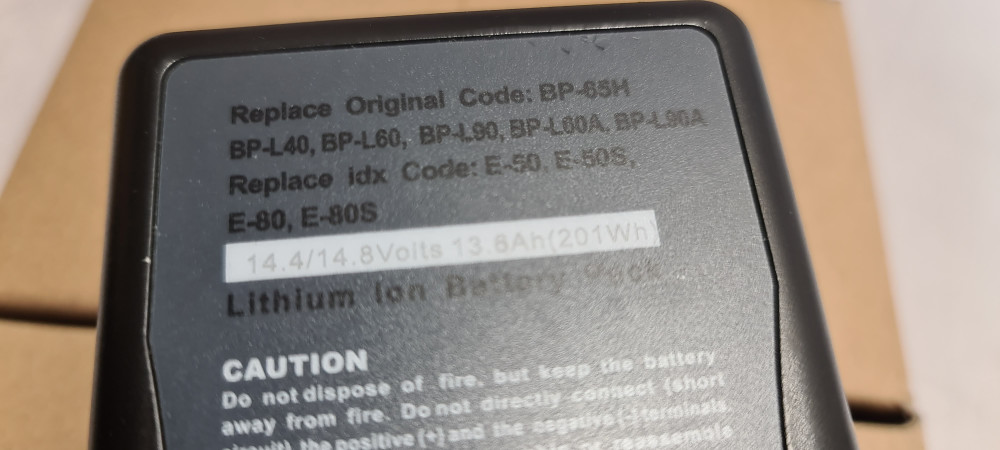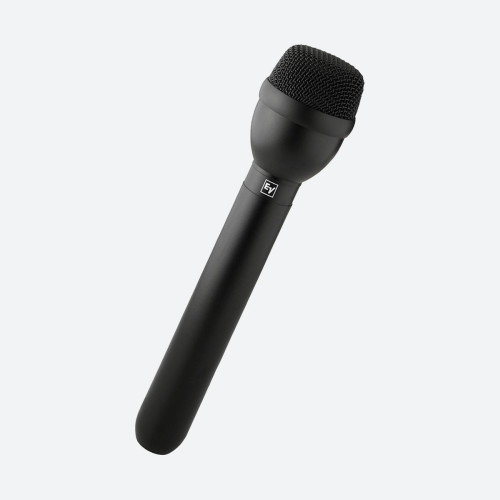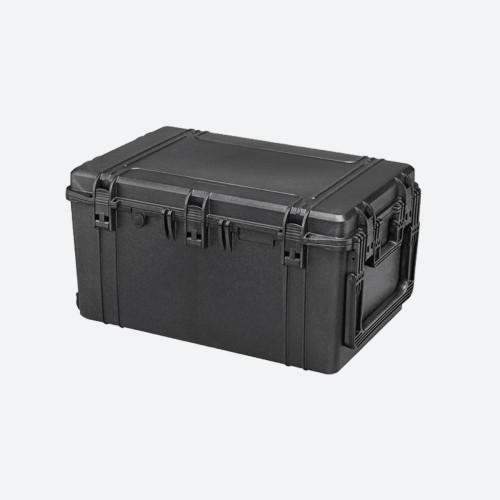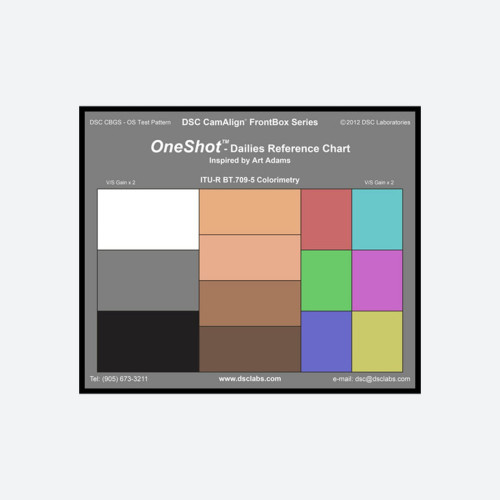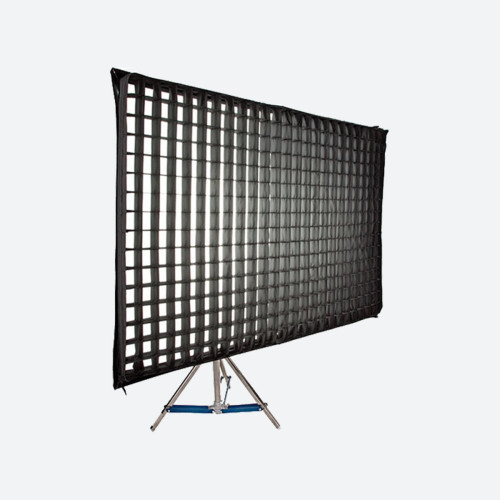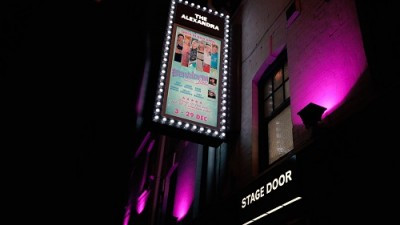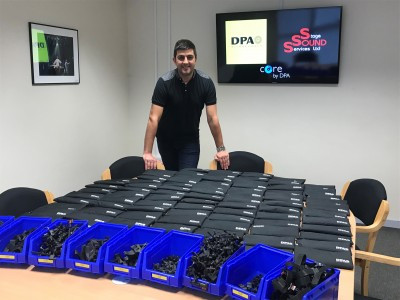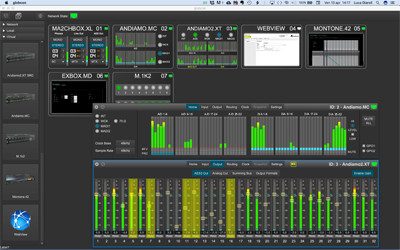It can be a common misconception that all forms of acting are the same, if you are good at one then it must follow that you are good at another. This is not necessarily the case and is particularly true for the two disciplines of stage and screen acting.
The biggest difference between of these two types of acting is the audience. On the stage audiences can often be vast depending on the size of the arena. An actor could be playing to an audience of five or five hundred. In this case, thoughts, feelings and emotions need to be conveyed widely. More basically, all of the assembled audience, whatever their size, need to be able to both see and hear the actor.
With screen acting the actor is playing to an audience of only one. The camera. This has massive implications on performance. The smallest of movements, the tiniest flicker of emotion even lines said at a whisper all register (particularly in close up) and whilst on the surface \'less\' is seemingly needed on camera, this isn\'t necessarily true. With the close proximity of this \'audience\' it is far harder to hide - everything is seen, everything has meaning and with the best actors even their innermost thoughts can and should, be read by the camera. What is not said is as important as what is said.
Something also that the actor will consider when working on screen is the size of shot, this too will affect what performance they give. Action performed in a long shot will be markedly different to action performed in mid shot and close up. The longer shot allows for the widest range of movement and so on. It is vitally important for the actor that one of the discussions the director has with them regards shot choices, so that their performance can be adjusted accordingly within the scene. This is why a really collaborative approach between director and actor will always lead to better results with the finished product.
Another difference with screen acting can often be found even before the camera starts rolling, in the casting process. Usually the actor engaged is the one that most fits the role in question, not only physically and vocally but also by type. This is most prevalent in shoots that have a very quick turn around. Soaps for example that have little or no rehearsal, will need to ensure their actors are as close as possible in type to the character that they are portraying. For example, a well know prime time soap that requires the role of a down to earth cockney \'geezer\' with all the accompanied swagger and mannerisms will strive to employ the person closest to this in real life, enabling the audience at home to believe and accept them from the off.
There are exceptions to this rule of course, bigger shoots with bigger budgets and more rehearsal time afford actors the opportunity to become their role before the first frame is even shot. Pre production time can be given over to an actor to learn a particular skill or study a particular type of person so that their resulting performance is all the more believable.
It is important to consider an actors experience when casting them for a role. A showreel can be a really useful tool to get an idea of how they come across on camera, to gauge their \'type\' and more importantly to check that they are used to working in the medium. However, that said, filming the audition is vital, as is handing the script to the actor at least 24 hours in advance. That way you can ensure that you are casting the right person for the job.



